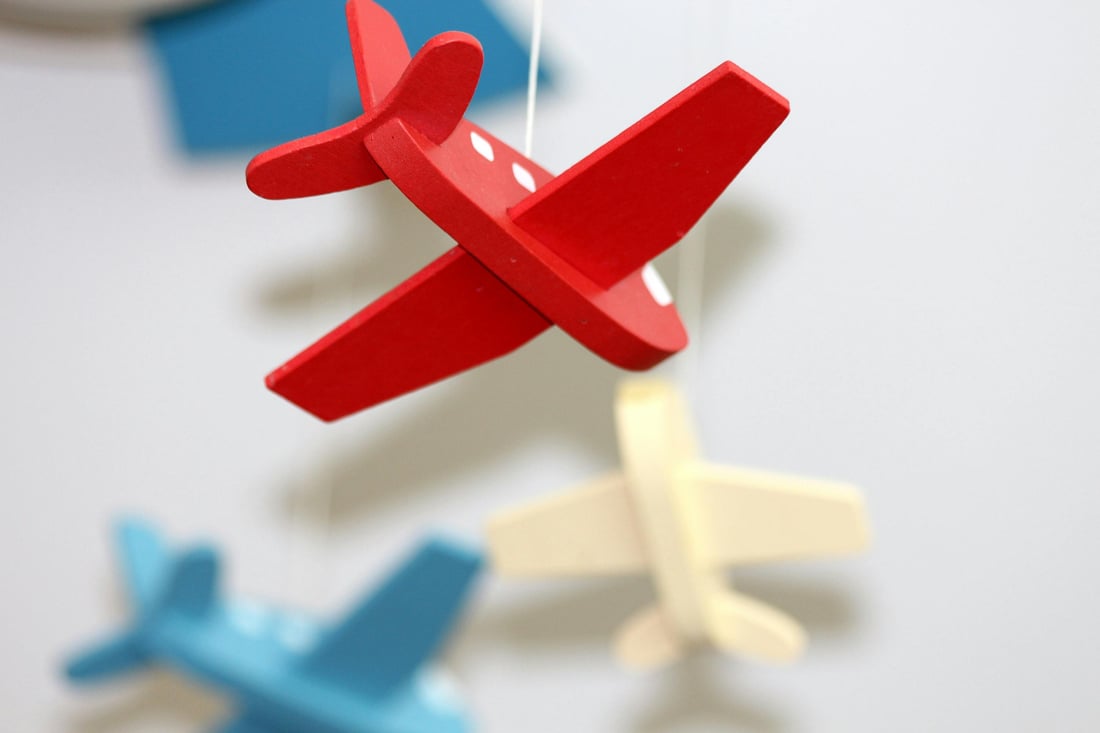When it comes to purchasing toys for your baby, safety should always be a top priority. One way to ensure that the toys you are giving to your little one are safe is by regularly inspecting them for any potential hazards. By taking the time to thoroughly check each toy, you can help prevent accidents and keep your baby safe while they play.
Common Safety Hazards in Baby Toys
There are several common safety hazards to look out for when inspecting baby toys. These include small parts that could be a choking hazard, sharp edges or points that could cause injury, and flimsy materials that could break and become a choking hazard. By checking for these hazards on a regular basis, you can help ensure that your baby's toys are safe for playtime.
How to Conduct a Thorough Inspection
When inspecting baby toys, it is important to be thorough and methodical. Check for any loose parts that could break off, sharp edges or points, and any signs of wear and tear. Make sure to also look for any small parts that could easily detach and pose a choking hazard. If you find any potential hazards, either repair the toy or remove it from your baby's play area.
Quality Control in Baby Toys Inspection
In addition to safety concerns, it is also important to inspect baby toys for quality. Look for toys that are well-made, durable, and free from defects. High-quality toys are more likely to last longer and withstand rough play, making them a better investment for your baby's playtime.
Testing for Toxins and Chemicals
Some baby toys may contain harmful toxins or chemicals that could be harmful to your baby's health. When inspecting toys, look for any warning labels or information about the materials used in the toy. Avoid toys that contain PVC, phthalates, lead, or other harmful substances that could leach out and harm your baby.
Ensuring Age-Appropriate Toys
Another important aspect of baby toys inspection is ensuring that the toys are age-appropriate for your baby. Check the recommended age range on the toy packaging and make sure that the toy is suitable for your baby's developmental stage. Giving your baby toys that are too advanced can pose a safety risk, while toys that are too simple may not engage your baby's interest.
Benefits of Third-Party Inspections
For added peace of mind, consider purchasing baby toys that have been third-party inspected for safety and quality. Look for toys that have been certified by organizations such as ASTM International or the Consumer Product Safety Commission. These certifications can help ensure that the toys meet strict safety standards and have undergone rigorous testing.
Proper Storage and Maintenance
After inspecting and purchasing baby toys, it is important to store them properly to prevent damage and keep them in good condition. Store toys in a clean, dry place away from direct sunlight or moisture. Regularly clean and disinfect toys to prevent the spread of germs and bacteria, especially if your baby shares toys with others.
Regular Check-Ups and Replacements
As your baby grows and develops, their toy needs will change. Regularly check your baby's toys for signs of wear and tear, and replace any toys that are broken or damaged. Keep an eye out for recalls or safety alerts regarding the toys you own, and follow any instructions for repair or replacement to keep your baby safe.
Final Thoughts on Baby Toys Inspection
In conclusion, regular inspection of baby toys is crucial for ensuring the safety and quality of the toys your baby plays with. By following these tips and guidelines, you can help prevent accidents, keep your baby safe, and provide them with toys that are both fun and educational.
Quote Inquiry
Contact us!

